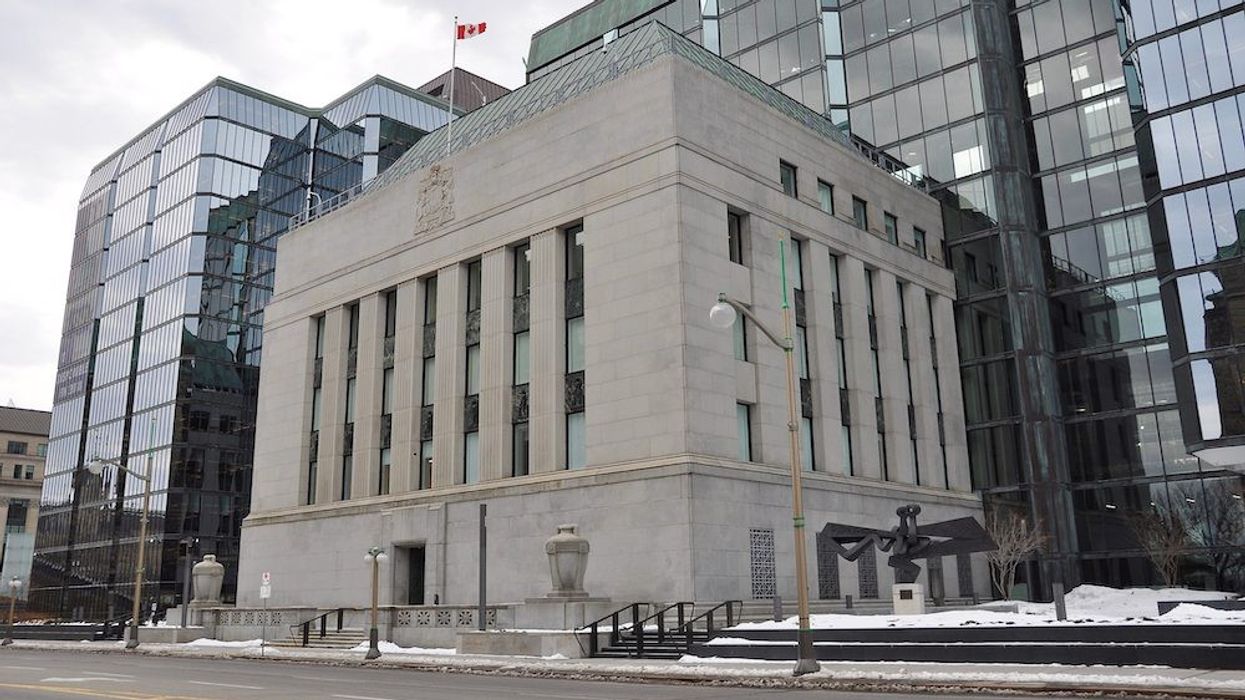Those pondering the inner workings of monetary policy at the Bank of Canada -- namely why they continue to aggressively hike interest rates -- may soon have some clarity. The central bank has agreed to be more forthcoming about its council’s decision making process, and will start to publish a summary of deliberations two weeks after each rate policy rate announcement, as of January 2023.
The new communication comes as a response to a report from the International Monetary Fund on central bank transparency, which outlines recommendations specifically for Canada’s monetary policymakers.
READ: Nearly Half of Canadians Putting Homebuying Plans On Hold Due to Rate Hikes
The IMF found that while messaging from the Bank of Canada has been generally comprehensive and understandable -- in fact noting that it has been one of the “pioneers” in setting the standards for monetary policy communications -- “There is room for greater transparency with respect to the policy deliberations.”
“Given the dynamic notion of transparency and heightened economic uncertainty, the BOC could strengthen its relations with its stakeholders by providing more information on monetary policy deliberations and ex-post policy evaluations,” states the IMF’s report. “Moreover, following the recent modification of the BOC’s mandate to consider the broader labor market, the role of comprehensive and coherent communication on the BOC’s core objectives is becoming even more important.”
The Bank of Canada has generally welcomed the feedback, agreeing to communicate more broadly and in plain language about financial stability issues, as well as its risk management and audit functions.
“We know that by being transparent, we can help all Canadians understand what we are doing and why, and that’s essential for their trust,” said BoC Governor Tiff Macklem. “This is always important, and especially crucial as we work to bring inflation back to the 2% target.”
The Bank of Canada does offer slight glimpses of its rationale in the language used in interest rate announcements, speaking generally to the economic factors driving its governing council’s decisions.
For example, in the central bank’s last interest rate announcement on September 7 -- when it opted to hike its Overnight Lending Rate by 75 basis points -- it included a brief paragraph as to how inflation influenced their decision, stating, “Given the outlook for inflation, the Governing Council still judges that the policy interest rate will need to rise further,” and that they remained resolute to achieve their 2% target for inflation.
However, that falls short of the comms put out by the Bank of Canada’s American counterpart. In addition to the statement released along with their rate decision, the U.S. Federal Reserve also routinely provides the public with a rate forecast and “dot plot”, which shows the possible future trajectory of interest rates over the remainder of this year and next. The Federal Open Market Committee -- the team of policy makers behind the rate decision -- also publishes their full meeting minutes two weeks following, with full details as to who voted for what, and why. It’s important guidance that both assuages keen members of the public and markets -- but such forward-looking statements have never been provided by Canadian monetary policy makers.
We’re sure deeper insights will be welcomed by market watchers, though they’re unlikely to take the sting out of higher interest rates.





















